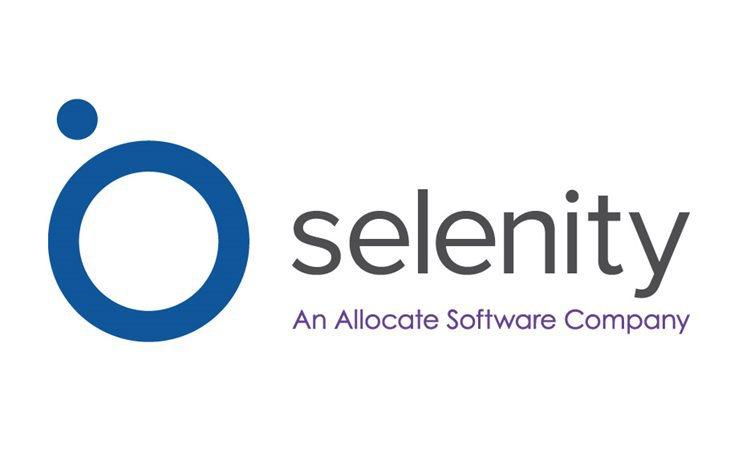New research carried out by Professor Richard Saundry of Sheffield University in collaboration with HPMA, Selenity and CMP Resolutions, shows evidence that conflict suppressed in the NHS during the pandemic response is now beginning to resurface.
“While we saw a pause in cases between March and April this year, disagreements are beginning to once again come to the surface, as employees realise their issues with one another haven’t just gone away,” said Selenity’s Andy Shettle.
Employee relations:
Strikes return after pandemic reprieve
Do boards needs directors in charge of bringing the workers’ perspective?
What a good relationship between HR and unions looks like
Speaking to HR leaders, senior practitioners and trade union representatives, it was revealed that a quarter of respondents reporting increased numbers of disciplinary and grievance cases.
Professor Richard Saundry said: “As the first wave of the pandemic began to recede, there was evidence of an uptick in conflict. This was partly due to disciplinary and grievance cases being reactivated but there was also a suggestion that interpersonal issues that had been put to one side as staff came together to fight COVID-19 were beginning to resurface.”
One in five pointed to increased numbers of bullying and harassment complaints, while others also reported lower levels of tolerance and a rise in grievances from BAME employees. While the legal requirement to report on protected characteristics only applies to some organisations, for HR leaders collecting and monitoring this information can prove to be invaluable.
Shettle added: “Not only can it help them work towards the prevention of unlawful discrimination claims, but it also provides the opportunity to assess policies based on how they affect protected groups and promote an inclusive culture."
Equipping line managers with the right tools and skills
With tension bubbling, the need to develop managerial skills and capabilities emerged as a dominant priority. To some extent the pandemic had exposed a shortage of ‘softer’ people skills. With 60% of respondents unsure if their line managers are well equipped to identify and resolve difficult issues.
However, an increased demand from managers themselves for support and coaching was also reported. “It was argued by some, that leadership development programmes often neglect the tools and techniques that managers needed to identify, address and resolve challenging people issues,” said Saundry.
For HR leaders, it’s important to ensure managers and teams are well equipped to resolve workplace issues. This means making it easy for them to manage misconduct, from the time a complaint is made, all the way through to the follow-up stage of the investigation. The key to resolving conflict, is often down to having sufficient documentation, collaborative processes and the right support mechanisms in place.
Harnessing case management tools that give an increased level of visibility can help people teams to identify the most common employee relations cases such as grievance, disciplinary or bullying and harassment.
Having this overview enables the HR function to become proactive in its approach, identifying trends and patterns of behaviour that can help to prevent or mitigate issues before they arise.
Shettle concluded: “There is no escaping conflict, not everyone gets along all the time. This is especially true in times of high stress and pressure such as we’ve seen during the pandemic. HR leaders should look to prioritise managerial capabilities and support managers, ensuring that policies and conflict resolution processes are clearly communicated and understood.”
Ultimately, HR leaders should look to resolve current issues and help guard against the same problem happening in the future.
The best way to do this is by incorporating fairness into every aspect, from HR strategies and policies to processes and technology all these factors contribute to providing employees with a comfortable workplace environment.
Richard Saundry, Professor of HRM and Employment Relations at the University of Sheffield and Andy Shettle, Chief Product Officer of ER Tracker at Selenity










